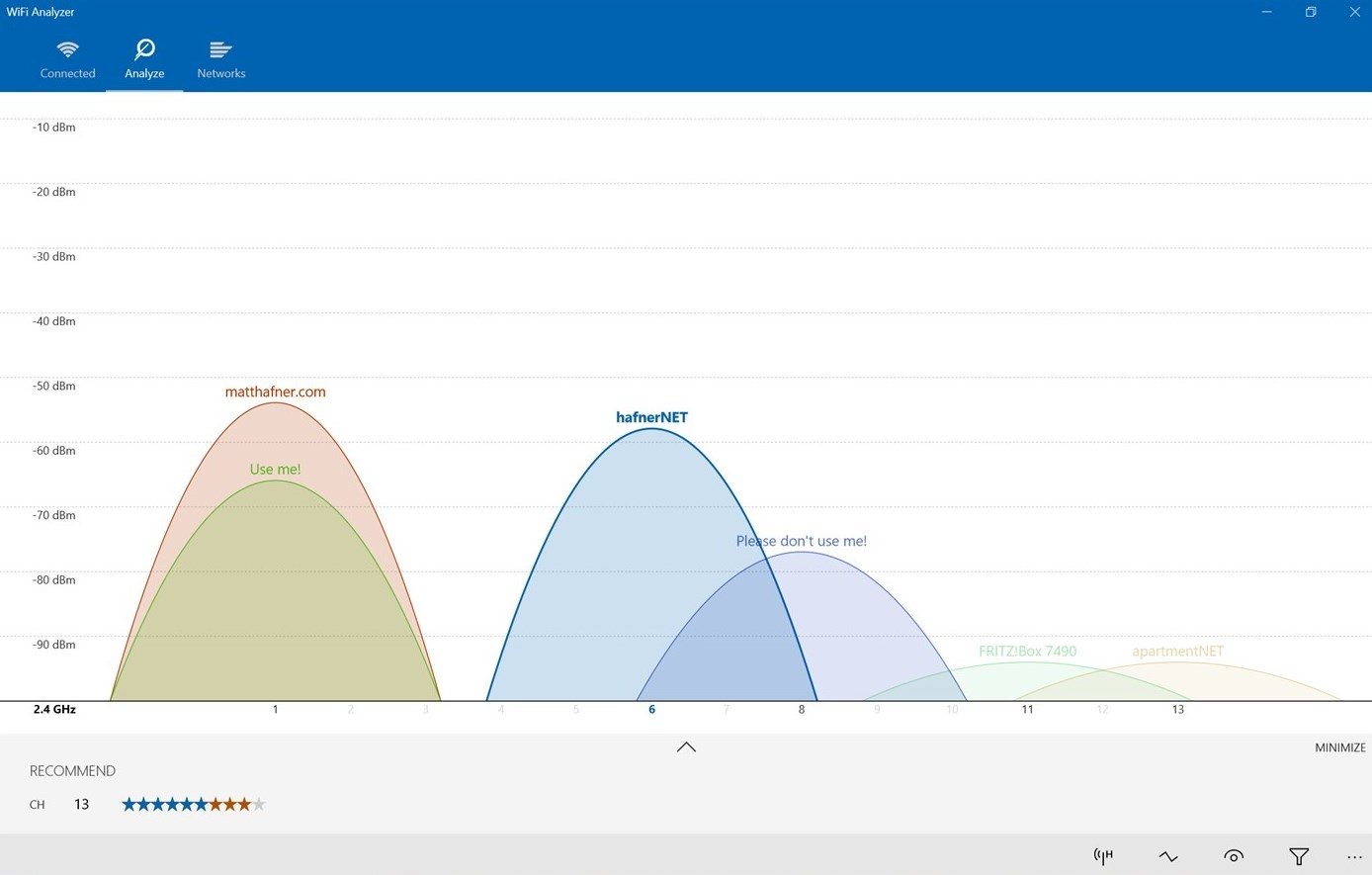


If you discover that your AP uses channel 6 just like some other APs leaking into your space, try switching to a less crowded channel 12. Switch Channels: When according to the WiFi heatmap you are getting a decent coverage, but the transmission speed and the connectivity in general fail, let NetSpot check the statistics on your Access Point and the Access Points that are leaking into the measured space. Also moving the AP up from the floor and positioning antennas vertically (in case of moveable antennas) can change the situation to the better. Is there a concrete wall or a large metal cabinet or a fridge that is blocking the signal from access point? Something like this can be fixed by simply moving the access point further along to the other corner. For example, when the signal is weak off the particular side of the AP, examine the structure of the building in that direction. Move the Access Point: The first thing to try, and the easiest, is moving the access point around. Studying the heat map thoroughly helps you see the weaknesses of your WiFi coverage and gives an idea where to start to fix the issue. Now that you have a WiFi heatmap of your home or office you can take every benefit out of it. Studying the heat map thoroughly helps you see the weaknesses of your WiFi coverage At the very least, create one WiFi heatmap before deploying a new access point or changing the configuration/location and one after.



 0 kommentar(er)
0 kommentar(er)
